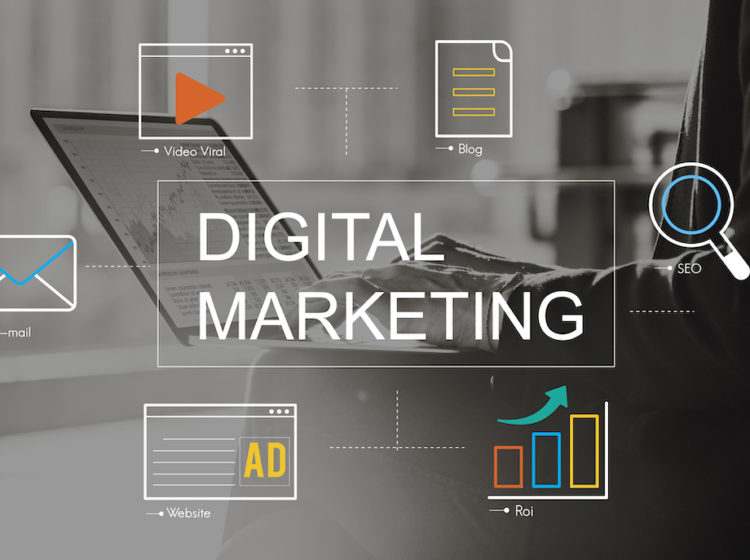If you are a small business owner, you are always looking for ways to increase sales. One way to increase your revenue is through upselling. What is upselling? How can it benefit your business?
Upselling is when a business offers its customer an upgraded version of a product or service. This allows them to charge more and gain more sales. Most likely, the customer is already thinking about purchasing the upgraded product or service.
Some examples are:
A customer is considering buying lawn mowing services. The salesperson sees they have weeds all over their garden. They may suggest they can also weed their garden for a higher price. This is a bundled offer. Separately these services are more expensive, but the customer feels like they are getting a good deal. Also, it saves you money by completing both services while you are there.
Another example is if you own a retail store. You may offer an item such as a purse. You could upsell wallets that match the purse for an additional cost at a discount.
Upselling can be used in both the product and service industries.
Benefits of Upselling
There are many benefits to upselling such as:
Improved Customer Experience
Upselling helps your customer find a product or service that better fits their needs. This improves the customer experience. They appreciate you taking the time to make personalized recommendations for them. They feel valued, which can increase loyalty. Additionally, loyalty equals repeat business.
Competitive Advantage
Upselling can give businesses a competitive advantage by showing they are different from their competitors. If you are offering unique packages, you offer something rare. What can your business offer and upsell that might differ from others?
Cost-effective
Upselling can be a cost-effective way to increase sales. It doesn’t require getting new customers. You have your customer already there. You may be giving a product or service away for a reduced price, but it saves you money by working with an existing customer. Additionally, if they get a good deal, they will be likely to tell everyone they know that may be looking for the same thing.
Need an Affordable Time Clock App for Your Employees?
Upselling Techniques
So how do you identify upselling opportunities? The first step is to understand your customer’s needs and preferences. You can do this by asking questions and listening to their responses. For example, if a customer is looking for a housekeeper, you can ask them what features are important to them. This will give you a better idea of what services to suggest. If you own a janitorial company, you may sell cleaning products too. Then, you can offer those as upsell and bundle.
Another example is if you own a computer app. The company may offer a basic free or low-cost option which offers only a few features. Then, they offer a premium version with many features.
Highlight the Benefits
Emphasize how the added product or service will benefit the customer. How will it improve their experience? For example, if you own a catering business, could you also offer products? Do you have your own line of spices or tools you use? Explain how the products will benefit the customer.
Offer Bundles
Offer a bundle deal that includes the original product or service. Then, offer the extra product or service at a discounted price. For example, if you sell computers, you could offer a bundle that includes a laptop, a printer, and a mouse. This will increase the money spent. It also provides the customer with everything they need. It is all in one package.
Limited Time Offers
Create a sense of urgency by offering a limited-time discount or promotion for the additional product or service. How many times have you bought something because a deal was expiring? Limited time offers encourage them to buy while the price is lower. Also, this results in increased sales in that short period of time.
Personalize the Offer
Tailor the offer to the customer’s specific needs and preferences. You may have a product where you could offer additional services. For example, if you own a retail store, you could offer gift wrapping. Another service is personalizing products with names. For services, personalize based on the client’s needs. By asking questions, you can learn more about what the customer wants or needs.
Share Reviews
Share testimonials or reviews from other customers who have purchased the additional product or service. You can share these on your printed flyers. You could also showcase your reviews on your social media channels, website, and sales flyers.
Provide Incentives
Offer additional rewards or incentives. You can offer free shipping or a gift with the purchase. This encourages the customer to buy. What could you give away to get more business?
Follow-up Emails
Send follow-up emails to customers who have made a purchase. Offer additional products or services that may interest them. Whether you are offering a product or a service, start compiling emails. Start an email marketing campaign. Hold giveaways, drawings, and offer value to customers. Don’t spam their email. Consider writing blogs and sending them to customers once or twice a month along with offers.
Loyalty Programs
Offer loyalty programs that reward customers for making multiple purchases. Similar to a punch card, have a system that keeps up with the number of times they have purchased from you. For example, a landscaper could offer a free mow once a season if the customer uses their service all season. Also, you could offer a free product or service when they recommend your business.




